Risipeni este un sat şi comună din raionul Făleşti. Din componenţa comunei fac parte localităţile Risipeni și Bocşa. Localitatea se află la distanța de 16 km de orașul Fălești și la 142 km de Chișinău. La recensămîntul din anul 2004, populaţia satului constituia 1125 de oameni. Satul Risipeni a fost menționat documentar în anul 1598.
Read more-
Nature and tourism
- Geographical zones of Moldova
- Nature reserves
- Water resources
- Plant and animal world of Moldova
- Natural monuments
-
Tourism in Moldova
- Advices for tourists
- Tourist routes
-
Tourist pearls of Moldova
- Old Orhei
- Saharna, Rezina
- Tsipova
- The Soroca fortress and the Coasuti village
- Village Ckitskan, Ckaushanskiy district
- Four monasteries in Kodry. Kalarashskiy district
- Cathedral in Drokiy
- The Rud-Arionesht natural complex
- Four monasteries near Chisinau– Surutchen, Kondritsa, Kepriana, Hinku
- Kurki and Hirova – two monasteries in Kodry. Orhei
- Kalarashovka -Ungur, Oknitsa
- Dobrusha – Kuhuresht – Jupka
- Dniester’s pearl Bender and its attractions
- Minunile Naslavcei
- Monasteries of Moldova
- The monasteries of the historical background of Moldova
- Meeting on the way - people and things they do
- Holidays, festivals, exhibitions, presentations
- Cities and villages of Moldova and Diasporas
Calendar of events
Natural vegetation and fauna
Moldova is a territory where opposite climatic influences meet; its regions have different geological histories based on their location; to the west – at the Carpathian Mountains and the Mediterranean Sea there are active centers that form various vegetal species. All these facts led to the creation of a rich, diverse and mixed composition of flora. V. V. Dokuchaev once wrote that in Bessarabia, you might find plants growing next to each other that are typical for the Western European, moderately humid and moderately warm climate, such as the Wild Cherry, Walnut and especially Beech, as well as those that are representatives of the continental dry climate – the Feather Grass, Sheep Fescue, Ground Cherry and Thorn.
Nowadays the list of superior plants in Moldova numbers 1540 species that belong to 550 genera and 101 families. This is a substantial amount for such a relatively small area. As per the quantity, the Palaearctic species dominate, however there are also many representatives of the European flora. Among them there are thin-sown sub-Mediterranean plants, found rarely within the Soviet Union, that comprise 17% of the list, and scientists continue to discover new interesting species.
Moldova is situated in two natural zones: forest-steppe and steppe. However, natural vegetation has only been preserved in certain areas. The rest of the territory was strongly modified by human activities to the degree that scientists have to reconstruct the old vegetation by various circumstantial evidences. For example, forests have been preserved in the form of 800 individual plots spread on the area of 290 thousand hectares, which according to the soil analysis is a little more than a quarter of their former space.
The steppe of northern Moldova stretches in the form of a wide semicircle. It used to consist of large oak and oak-hornbeam forests, separated by meadow steppes with rich and diverse herbage. The northern part of Moldova’s forests is well preserved in Edineț’s district natural enclosures.
Forests are represented by the typical for this area oak-grove with petiolate oaks mixed with other trees and shrubs, such as the Sweet Cherry, Spindle Wood, Sheep Berry, Dogwood, and Thorn. Grass cover on the meadows is thick and closed, and consists of the Narrow-Leaved Bluegrass, Orchard Grass, Sheep Fescue, June Grass, as well as of many species typical for northern oak-groves, such as the Lady's Bedstraw, White Bloodroot, Hairy Lungwort. The forest of northern Moldova includes the Silver Birch, which is rare for Moldova's flora. Very interesting is the birch forest situated on the Rossoshany land plot, northwest of the village Briceni, which is the only one of its kind in Moldova.
The forest-steppe of northern Moldova is divided into four regions: the western one - Priprutsky, two central ones – Romankoutsky and Soroksky occupying Transnistria hill, and the eastern one - Zadnestrovsky, which is the edge of the Podolia's forest-steppe in Ukraine.
Continue
In the heart of Moldova, on the elevated areas with a broken relief there is the Codri Botanical District. Its central part or core has been entirely forested in the recent past. And now the largest hornbeam-oak forests in Moldova are situated here, which also contain the Beech. This giant tree used to be found in Codri much more frequently, but now only individual Beeches being 250 years old, grow on brown wooded soils in deep forests. Their smooth, polished like columns trunks rise by more than 25 m above the ground. The highest beech (27 m) grows in the village of Myndra in the Kalarashskogo enclosure; this giant is on the list of secular trees protected by the Government. Now forests occupy 45% of the area in the middle of Codri. This is not little for a country where the average forest cover comprises only 8.7%.
The circumference of Codri is more extensive than the core and is also forested. These forests include the Silver Linden, Elm, Sycamore, Norway Maple, Dogwood, Bladder Nut, Sheep Berry and Wild Pear, two oak species – the Pedunculate and Sessile, and Hornbeam; many rare trees, shrubs and plants may also be found which are typical for forests in Western Europe, precisely the Spindle, Evergreen Common Ivy, the European Loranth (an edible plant named also the Wild Garlic or Broad-Leaved Garlic).
Also in Codri we have the Lozovo-Kapriyanovsky natural reservation. It occupies more than 8 thousand hectares and covers all major types of Codri's forests, such as oak-hornbeam-beech ones, pure oak forests, oak-linden-ash ones, etc. Inside the Codri's forest it is quiet and calm, and in summer time it is very hot and no wind blows.
Oaks especially prefer to grow on common gray forest soils. Young oaks prevail, but some of them are trees aged 250-300 years old, 35 m high and with a diameter of 1-1.5 m. There are a lot of grass plants in these forests, but everywhere there are ivies growing on the surface of the soil. It is very unusual; for instance, there are no ivies in the forests of central Russia, while in the forests of the Crimea and Caucasus it grows embracing the trunks of trees, and usually is not found on the soil surface.
Codri's forests have considerable soil protection and water conservation value: they have a few ravines and no obvious erosion; their adjacent areas often have springs and sources of good drinking water.
Between the forest-steppe of northern Moldova and Codri there is a large steppe island situated in a depression, which has been called Beltsy Steppe since a long time ago. The entire steppe is plowed nowadays, but there used to be once a rich meadow and steppe vegetation, as seen in the preserved potent typically black soil. This is confirmed by descriptions of the botanists that lived at the end of the past and beginning of the present century.
Southward from Codri there are common types of vegetation – so-called Gyrnetsy forest-steppe. It's an alternation of the major steppe, now being characterized by the arable land with smaller forest at the outlines or separated forest stands which are dominated by rare Mediterranean plants – the drought-resistant pubescent oak and its companions such as the Smoke Tree, Oriental Hornbeam and Oleaster Pear.
There trees can't cover themselves entirely with their crown in the Gyrnetsy forests, there is a lot of light coming through, thus, shrubs and grass cover is well developed. It is comprised of many Mediterranean and Balkan plants; among them the Knapweed Angelesco is one of the most outstanding ones.
Gyrnetsy forests are very beautiful in springtime - low ovals of pubescent oaks have already turned green while acacia trees growing near are abloom and emit a delicate odor. However, they are beautiful in the time of fall too: oaks being still quite green with the bright red bush of the fading smoke trees standing next to them.
Native steppes are stretching away from the Prut River to the Dniester in the south of Moldova. They stretch away eastward to Ukraine and westward to Romania and Bulgaria where they occupy most of the Romanian Plain. The steppes of southern Moldova form an angle between the Dniester and the Black Sea are often called Budzhak (in Tatar "corner") in literature. Here classic graminee plants used to be concentrated, such as the Esparto Grass, Feather Grass, Sheep Fescue, June Grass, Hungarian Brome Grass, as well as the representatives of such plants as the Low Hop, Alsike and Hungarian Clover, Yellow and Romanian alfalfa, etc. Now these plants are quite rare, but a drought-resistant graminaceae plant – the Beard Grass is widely spread and well adapted to the most awkward of places.
A. S. Pushkin on his way from Chisinau to Cahul wrote: "The Steppes of Budzhak are not sandy: they stretch as a graminaceae green plain". It is not surprising that abundant and dense vegetation contributed to the formation of fertile black soils saturated with humus to a great depth in the south of Moldova. They serve as the memory of the former wealth of Budzhak steppe natural vegetation.
Floodplain vegetation of Moldova is very interesting and has been preserved better than the steppe one. In dry salted floodplains of Kogilnic, Yalpuh, Botna, and sometimes in the Răut river, and lower Prut there are many saline meadows; here and there pure saltbush may be found, as well as graceful bushes of such the salt-loving plant: Tamarisk (French Tamarisk). But it is quite different in the floodplains of such major rivers as the Dniester and the middle and upper reaches of the Prut. There are abundant meadows and reed swamps here; in some high places, which are rarely flooded, there are preserved territories of great forests consisting of long-boled oaks. These forests used to be considered as
The oak-grove located in the floodplains of the river Prut (Kalineshtskoe district) is deemed by botanists the oldest oak-grove in Moldova. This forest has the tallest oak: that is 35 m high and its diameter at the base is 9 m. Here you may find an old poplar (Black Poplar) preserved: it is 24 m high and its diameter at the height of 1.3 m is equal to 270 cm.
Among the wild plants of Moldova there are many useful ones: decorative, medicinal and aromatic, edible and soil-reinforcing. Many of them are being studied and introduced into our culture. The Pubescent Oak, Staff Tree, Beard Grass and others are valuable for strengthening the eroded slopes. Magnificent examples of the Fir, Pine, Spruce and such rare deciduous trees as Gingko, Chestnut, Maple, Catalpa, Nut, Plane Tree and Osage Orange grow well and bear fruit in the decorative parks of Moldova. 16 of these parks are under state protection. The largest of them being – Tsaulsky, founded in 1901 and situated in the north of Moldova. It covers an area of about 50 hectares. There are more than 150 species of trees, shrubs, lianas, and they are not just growing: all this floristic richness forms several landscape combinations.
In Moldova, there are other parks such as Kugureshtsky and Brynzensky in the north, Ivanchsky and Mileshtsky in the center, and Hyrbovetsky and Leontievsky in the south. These parks have 31 species of conifers and 55 species of deciduous trees imported here from abroad more than half a century ago. They are well adapted to the climate and soil of Moldova, in other words they adjusted to the local flora.
Animal world
Heterogeneity of the landscapes, relief and climate, as well as the abundance and variety of vegetative food contributed to the formation of a rich wildlife in the Moldavian territory. Its diversity kept increasing due to the location of the Dniester and the Prut interfluve at the junction of dry steppes of southern Russia, humid forests of the Carpathians and landscapes of the eastern Mediterranean.
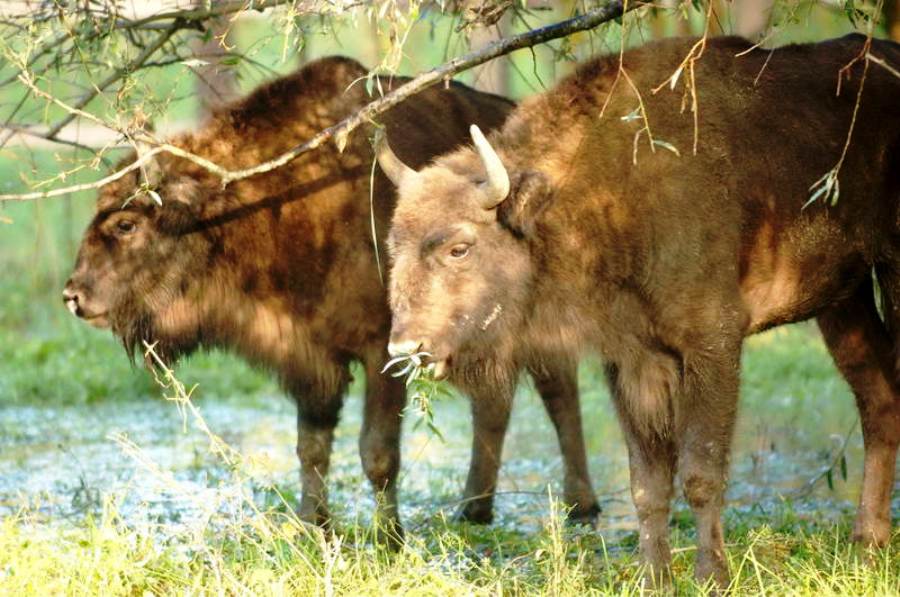
Moldova's present day fauna has dominating species typical for neighboring regions of Ukraine, but there are also many Western European and Balkan species. In this respect, the fauna is the same as the flora. Archaeological excavations demonstrate that several thousand years ago in the Paleolithic and Neolithic ages, the forests and steppes of Moldova were inhabited by deer, bison, aurochs, roe deer, wild boar, wild horse-tarpan, koulan, cave and brown bears and other large animal species hunted by the early men. The chronicles say that Moldova was famous for its rich hunting grounds during the feudal period.
In the last century the massive plowing of the steppes and deforestation led to a sharp reduction in the number or to total destruction of some animal species.
However, despite these facts, the fauna of Moldova has been highly preserved: it has around 400 vertebrate species and 4600 invertebrate species. There are 70 species of mammals in Moldova. The largest of them being the wild boar or wild pig that inhabits Codri and the swamps of the Prut.
The roe deer are much more numerous in Moldova. They have enough food in the forests and the number of these beautiful animal's increases. Their history in Moldova has developed in an interesting way. In prehistoric times, when there were a lot of predators, the number of roe deer remained at a low level. It's proved by a small number of their bones found among the so-called cooking remains of the Paleolithic men. They used to kill predators, especially wolves, and thus helped the population increase of the roe deer. Zoologists proved long ago that the wolf was the main enemy of the deer. In the late Middle Ages, according to Dimitrie Cantemir's report, thousands of roe deer in Moldova moved from steppes to forests in winter and were back to steppes in summer. Then, inordinate pot shooting almost destroyed these animals and as a result a small amount of them remained by the year of 1945. In this respect emergency measures were adopted; roe deer-hunting was completely prohibited. The results didn't take long to show up: nowadays the total population amounts to more than 10000 individuals.
The roe deer may be found everywhere in Moldova, however they prefer th Codri, the Transnistrian and the Prut forests more. Most of them inhabit the Dubossary floodplain forest: here more than 300 roe deer constantly inhabit an area of 1800 hectares.
Red deer, that once used to inhabit Moldova, were completely destroyed in the first half of the 20th century. Measures were taken to restore the herds of red deer in the years 1954-1961. One of the red deer subspecies is the Siberian stag that was brought from the Askania Nova Reserve situated in Ukraine. They were released in Codri next to the villages Vornicheny and Lozovo. Over the past years, the number of red deer has increased exponentially. You may often find them in forests, as well as their discarded horns; in the autumn deer produce characteristic roars during pairing-season. Other members of the deer family that had never before inhabited Moldova were brought from Primorski Krai, such as the Fallow Deer and Axis Deer. These beautiful animals return their original charming look to the forests to their original charming look.
Predators are among the wildlife of Moldova. In addition to the already mentioned wolf there is also the badger, stone and pine marten, weasel, ermine, ferret. All of them inhabit mainly forests and are not hunted due to their limited number. The fox is much more numerous and live in forests, as well as in open areas; several thousands of fox pelts are annually produced.
Fifty years ago the European wildcat inhabited almost all Bessarabia, and nowadays this interesting animal can be found only in wetlands of the Prut in the far south-west of the country - near Cahul and its surrounding villages, rarely in Codri and wetlands of the Dniester - near the village of Palanc. Males weigh 8 kg, females - 6.5 kg. They live in the hollows of old willows, as well as in reeds and on floating islands of the Prut and Dniester floodplains.
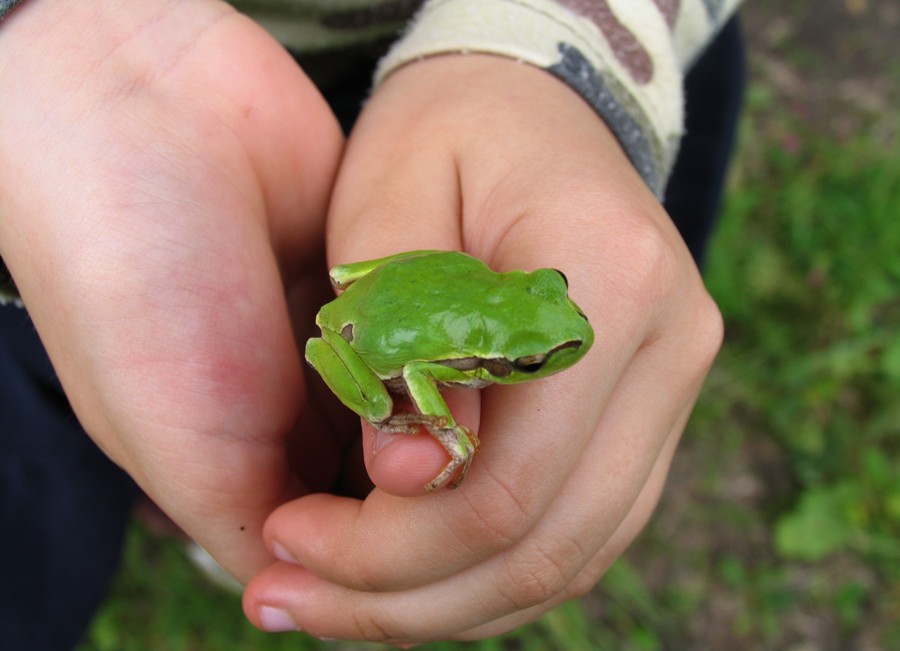
Rodents may be found in a fairly large number, precisely the squirrel, garden and forest dormouse, the hamster, the greater mole rat, the Ural Field Mouse, Yellow-necked Mouse, the water rat. There is an interesting information regarding the distribution of the two species of the ground squirrels – the European one and the spotted one: the first one may be found in Western Europe and does not pass the eastern boundary across the Dniester, while the second one does not pass the western boundary which is the Prut. This is another evidence of physical and geographical location of the boundary of Moldova's territory. This is also confirmed by the presence of the Carpathian form of squirrel in the forests.
The Brown hare, as well as its ancient enemy - the fox, are found everywhere and are quite numerous. The country annually produces from 30 to 70 thousand hare pelts.
In 1947, the beaver-rat was brought to Moldova from Arkhangelsk Oblast – it is a valuable animal that has a beautiful coat. Initially 320 animals were released into a swampy floodplain of the Răut, near the town of Orhei. Then, when they adopted well, they were resettled to other swampy areas. Now the number of beaver-rat's amounts to more than 100 thousand individuals, out of which about 50 thousand inhabit the lower reaches of the Prut, 20 thousand – the lower reaches of the Dniester, 20 thousand – the middle reaches of the Răut. On average, the beaver-rat pelts amount to 15-16 thousand per annum. Besides the beaver-rat the raccoon dog also acclimatized.
257 species of resident and migratory birds are known in Moldova. More birds are found in wetlands and lakes; fields serve as an intermediate point. There are also many birds in towns and cities.
Among 75 species of birds that can found in forests, the most popular ones are the Woodlark or Lark, jay, blackbird and song thrush, hawks – sparrow hawk and goshawk. A very useful bird is the long-eared owl, which hunts mice, voles and water rats harmful to forests and agriculture; one owl could kill 3 to 4 mice per day. The Eagle owl permanently lives in forests – it is one of the largest owl representatives in Moldova. This bird, having a very beautiful plumage, has been called "the King of Nights". Under the cover of darkness, the Eagle owl hunts harmful rodents, partridges and beaver-rats.
The forest avifauna comprises many Carpathian individuals. The Syrian woodpecker settled in Moldova from Romania and the collared dove from the Balkan Peninsula. Many large birds such as the Griffon Vulture and Black Vulture have become extremely rare in Moldova and so should be carefully protected.
Despite the fact that all the steppes are plowed, birds typical for steppes such as the Tawny Eagle, Quail, Partridge, Calandra Lark and rarely Bustard may still be found to occupy open, former steppe, areas. Until recently, the Demoiselle also used to inhabit northern Moldova.
Perhaps the richest avifauna is found in floodplains. Over 80 species of migratory bird's nest in wetland areas of the Lower Dniester and Prut: The Greylag Goose, various Sandpiper species, Coot, Mallard, Pintail, Gadwall, Netta, Spoonbill, Widgeon, Heron, Garganey, Bittern, Marsh Harrier. The White-tailed Eagle inhabits the floodplain forests. Unfortunately, this beautiful and useful bird is extremely rare: according to the latest data, in the entirety of Moldova there are only about 10 pairs of eagles. Wonderful swans that only recently used to nest in the Lower Prut and Dniester now stop over here from time to time during migration, precisely, such swans as the Whooper Swan and Mute Swan, and pelicans - the Great White Pelican and Dalmatian Pelican. The Pheasant was released in the floodplain of the Dniester nearby the village Kopanka: it is now multiplied and spread up along the Dniester to Ribnitsa.
There is a relatively small number of amphibians and reptiles, but still there are 12 species of amphibians, 4 species of lizards, 9 species of snakes and 1 species of turtles in the forests, steppes and floodplains.
Natural and artificial reservoirs of Moldova are home for over 80 species of fish, and among them about 20 species are of commercial value. 81 species of fish inhabit the Dniester. The most valuable fish of the sturgeon family are the Starry Sturgeon, Beluga, Russian Sturgeon, Sterlet. Unfortunately, their share of the total catch is less than 1%. The Danube Herring goes upstream the Dniester to spawn thus reaching the territory of Criuleni. Flocks of the Chub and silver large-eyed Sabre fish play in deep rapids. The predawn silent hours are disturbed by rhythmic bursts of the Zander – the "King" of the river: it's the main predator here. Approximately one third of the Dniester catch comprises out of the Ruff, Bream and Pike.
The Prut's fish fauna is not much different from the Dniester one. As for the fish species inhabiting internal rivers and artificial lakes – they are not rich: 16 out of 25 species are considered of low value such as the Minnow, Crucian Carp, Belica, etc. The basis of industrial fisheries comprises the Mirror Carp and Goldfish; they are specially bred and fed.
Among a large number (over 4.5 thousands) of invertebrates - one thousand species are aquatic and 3.5 thousand are land ones.
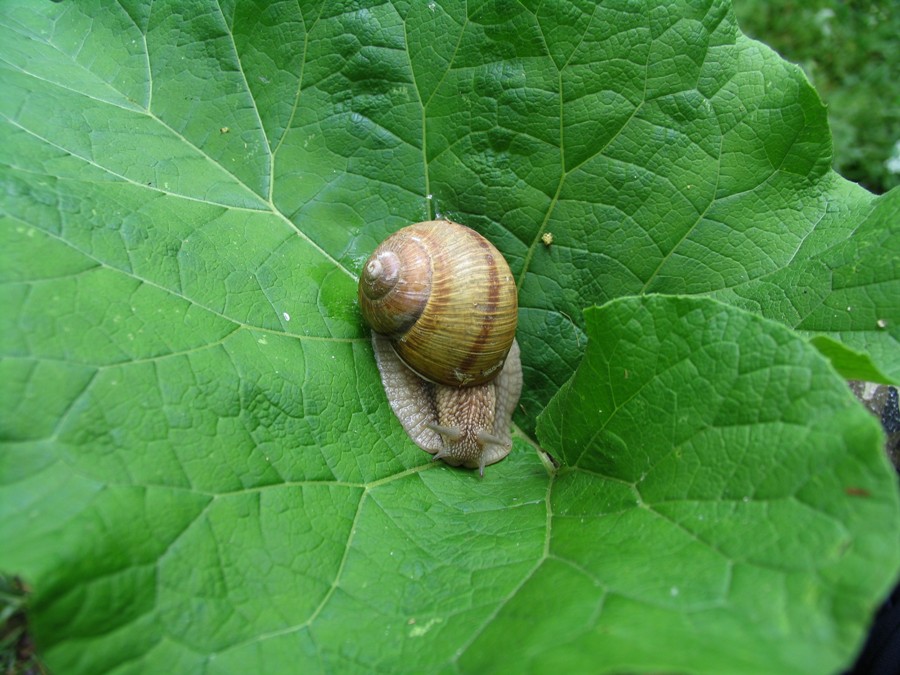
Most invertebrates belong to the insects - there are about 3000 of them. 500 are useful species and 200 are crop pests. The Phylloxera is a small extremely dangerous aphid brought from America in the last century: it destroys the roots of vines causing them to die. A considerable damage to gardens is caused by such butterflies as the Codling Moth and Brown-Tail. But earthworms are of great use, loosening the soil and creating its structure. Thus, despite the strong economic development of the territory of Moldova, its wildlife and vegetation have kept their main features in forests, swamps, and to a lesser extent in the former steppe areas. The hunting of many animals is prohibited or restricted; protected areas are organized with the full protection of flora, fauna and of the entire landscape.
© Moldovenii.md all rights reserved.
Is forbidden to copy the materials without the owner’s consent.
The information published on the site can be taken only by indicating the source www.moldovenii.md .
If you have any questions please contact us by email: support@moldovenii.md
www.moldovenii.md does not support and does not promote any of the political parties.

 3
3 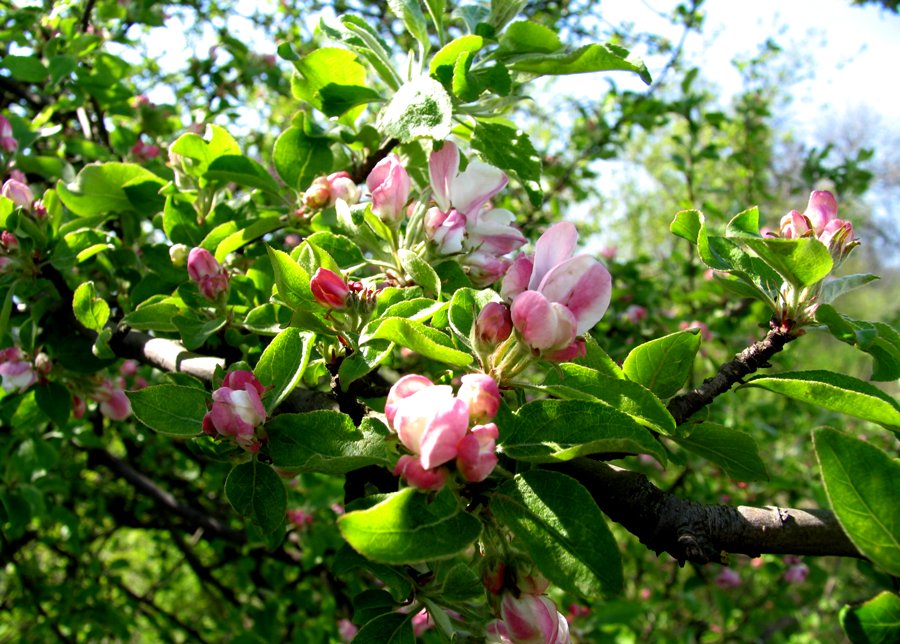
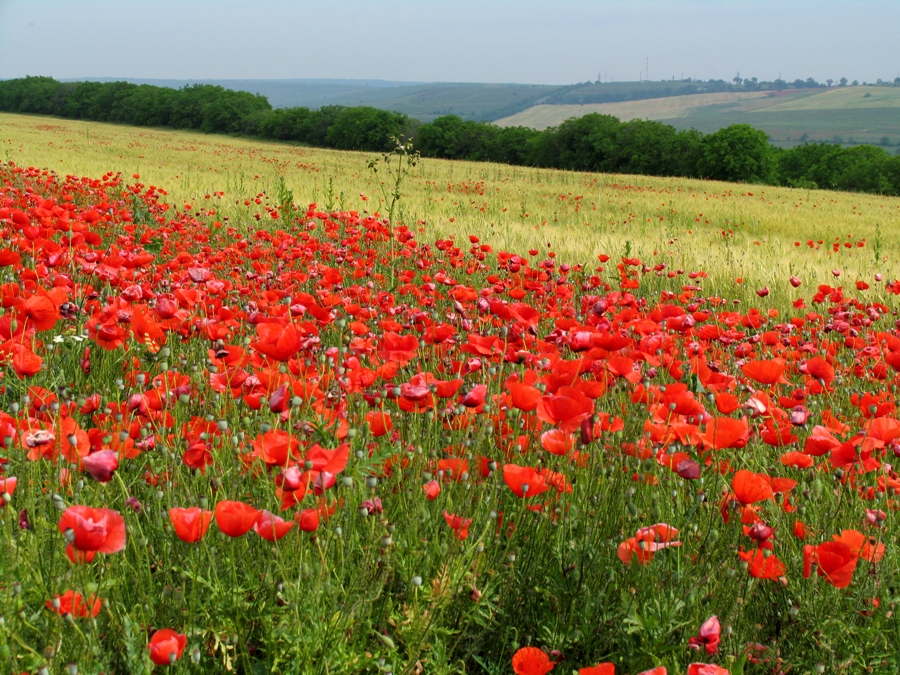
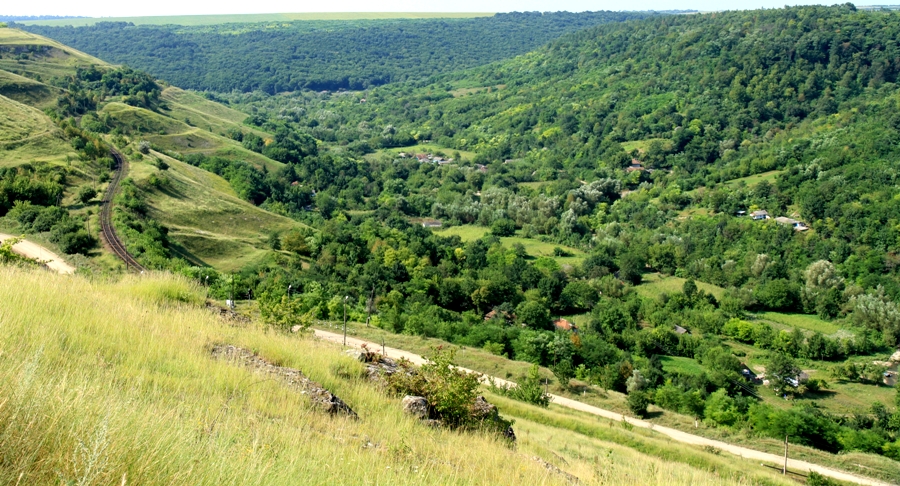
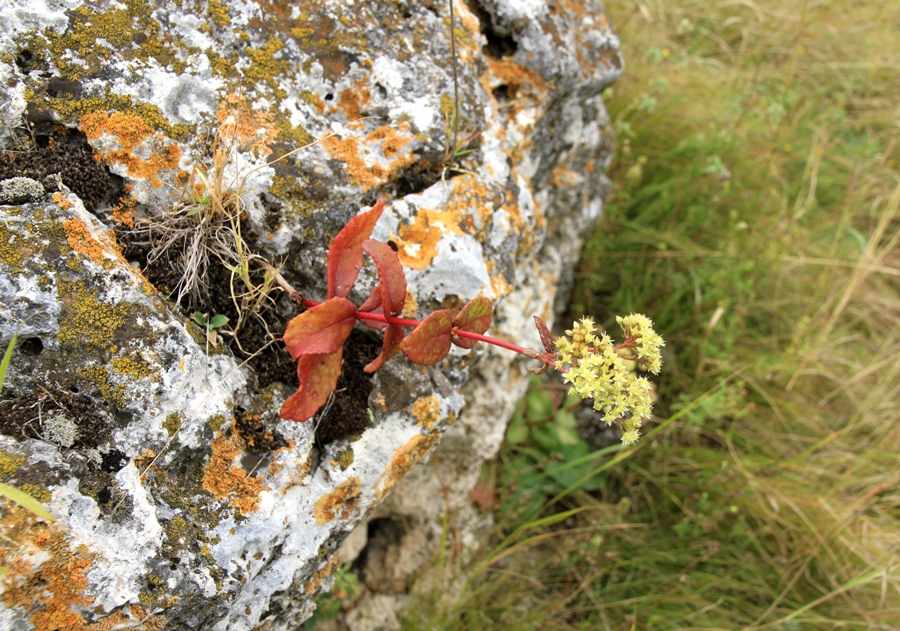
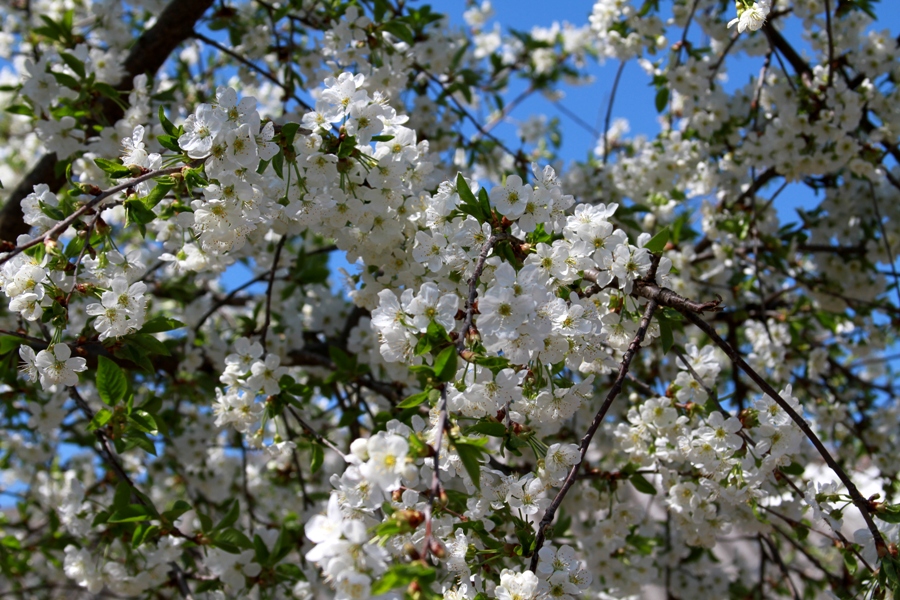





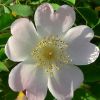
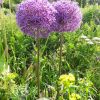







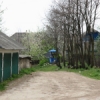
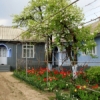
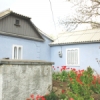
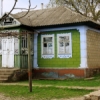
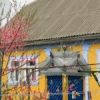

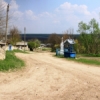
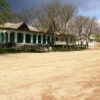











 My playlists
My playlists